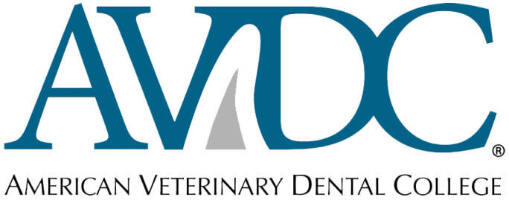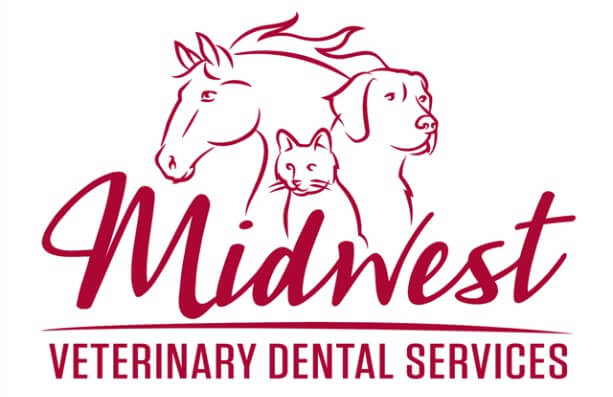
Learn about our five component oral exam
We thought we would start an educational series on equine dentistry, starting with our foundation of preventative dentistry —the five component oral examination.
This is arguably the MOST important part of your horse’s routine dental care, as it allows us to systematically look at your horses head and mouth to evaluate functional efficiency and oral health to hopefully identify problems EARLY, so preventative measures can be taken.
Part 1: External Exam
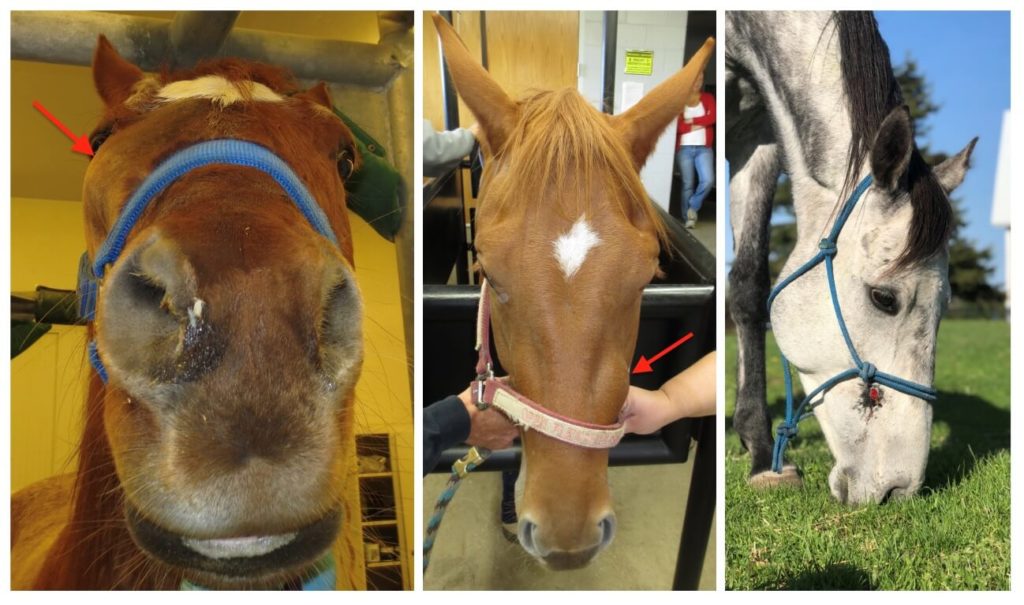
Today, we will start with the first component of the oral exam, which is the external exam. The external exam evaluates your horse’s face, nose, and eyes for any abnormalities. We play close attention to facial symmetry, facial swelling, and any drainage from the eyes, nose, or skin.
Part 2: Oral Soft Tissues
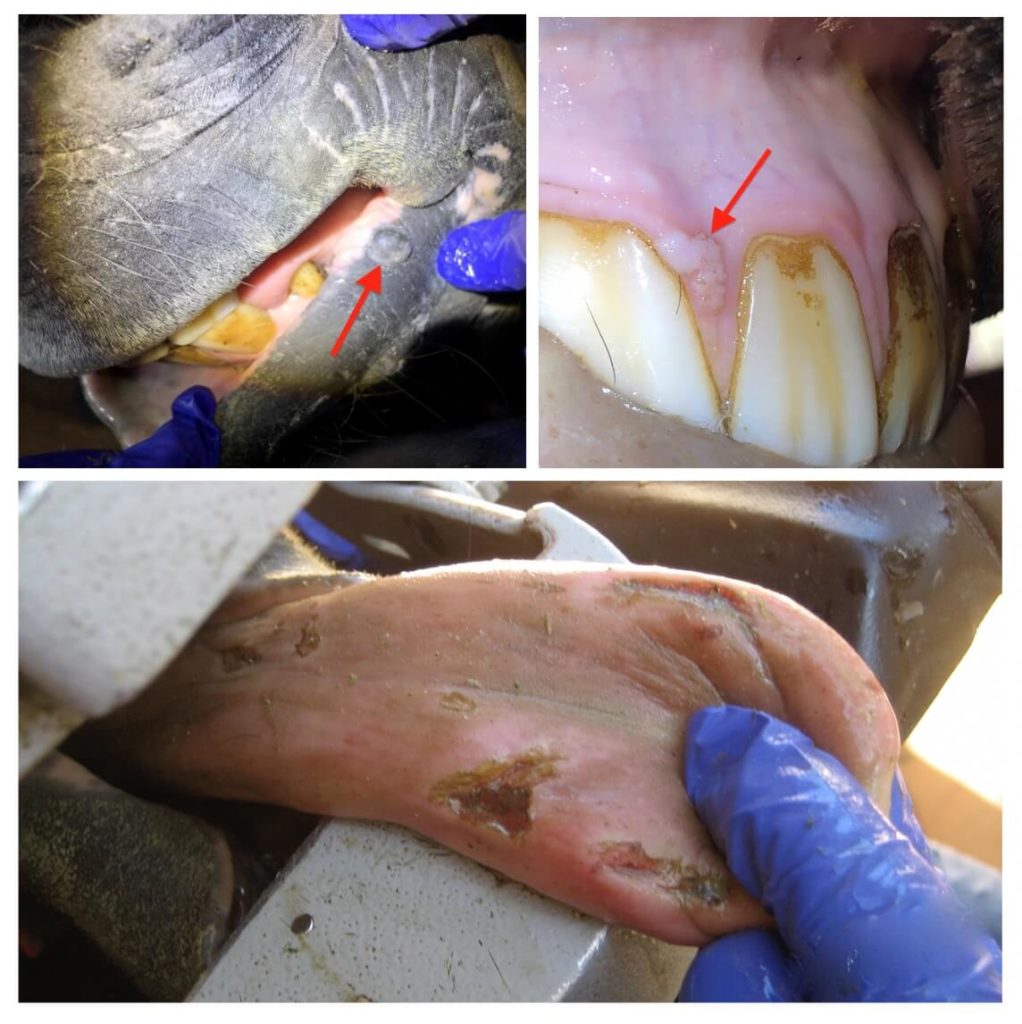
The second component of the oral exam is the oral soft tissues. The oral soft tissues include the gum tissues, tongue, and hard and soft palate. Abrasions or ulcerations can be caused by sharp dental points. Removal of these points during the dental float will usually resolve these issues.
Part 3: Occlusion
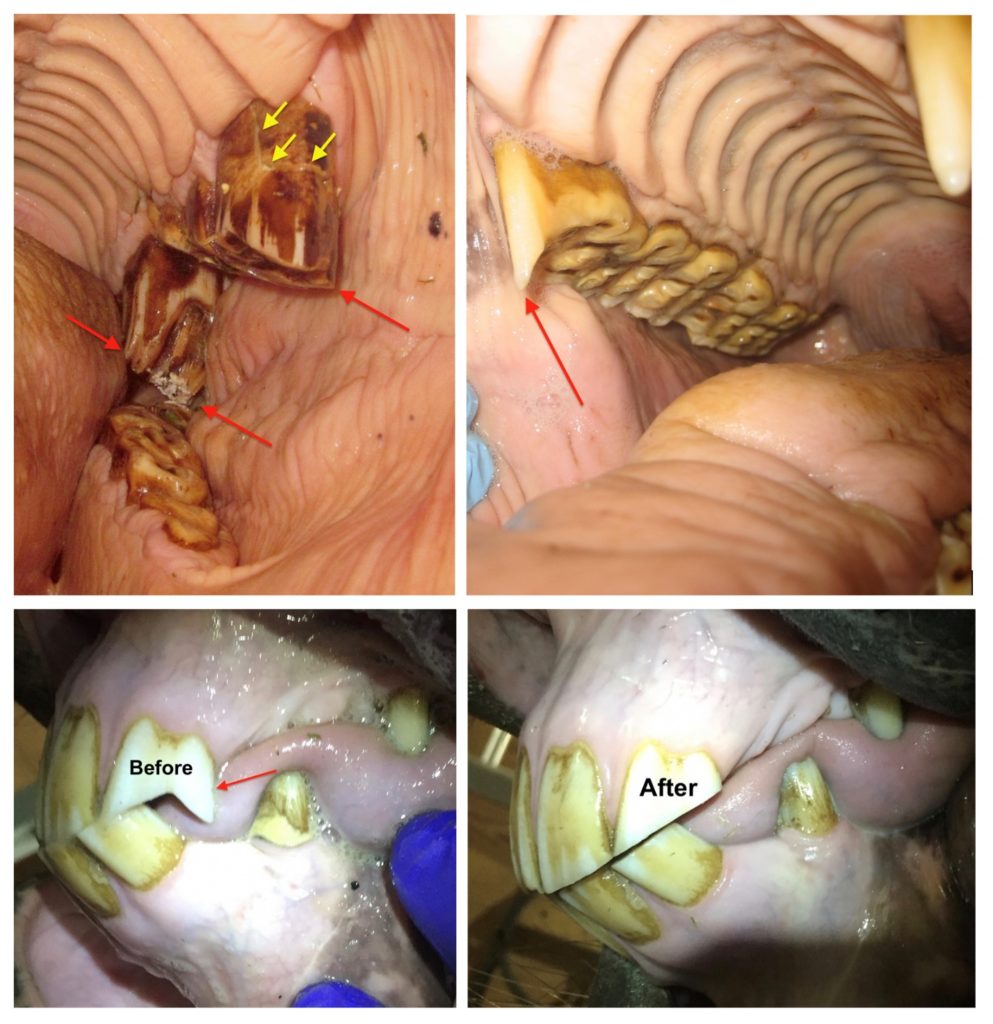
The third component is occlusion. Occlusion refers to the grinding function of the teeth when the jaws are brought together. Poor grinding function can often be improved by floating and balancing the mouth. Occlusion may also be affected by the anatomy of the horse’s head. For example, an overbite or underbite may be present if the length of the lower jaw is not equal to that of the upper jaw.
Part 4: Periodontal
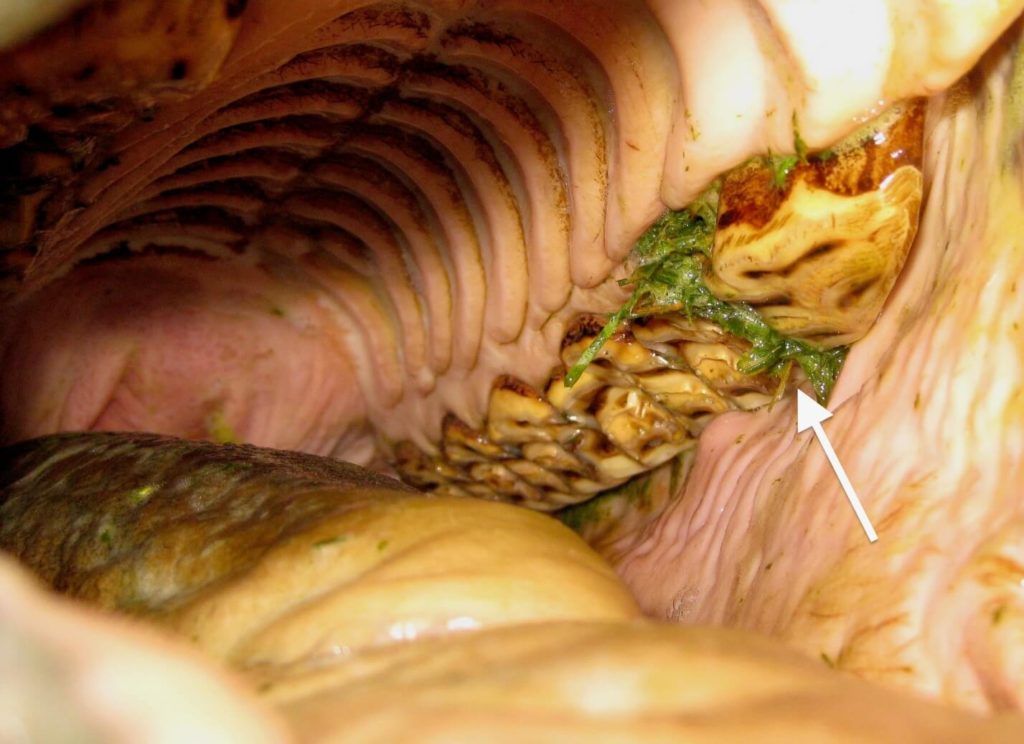
The fourth component is periodontal. Periodontal status looks at the gums and other tissues surrounding the teeth. Gum disease in horses can be extremely painful. Horses’ teeth should be tightly packed together, with very little space in between the neighboring teeth. If horses develop spaces (diastemata) where food can get stuck, this can lead to gum disease. Advanced gum disease will eventually lead to gum recession and bone loss, which is not reversible.
Part 5: Endodontic
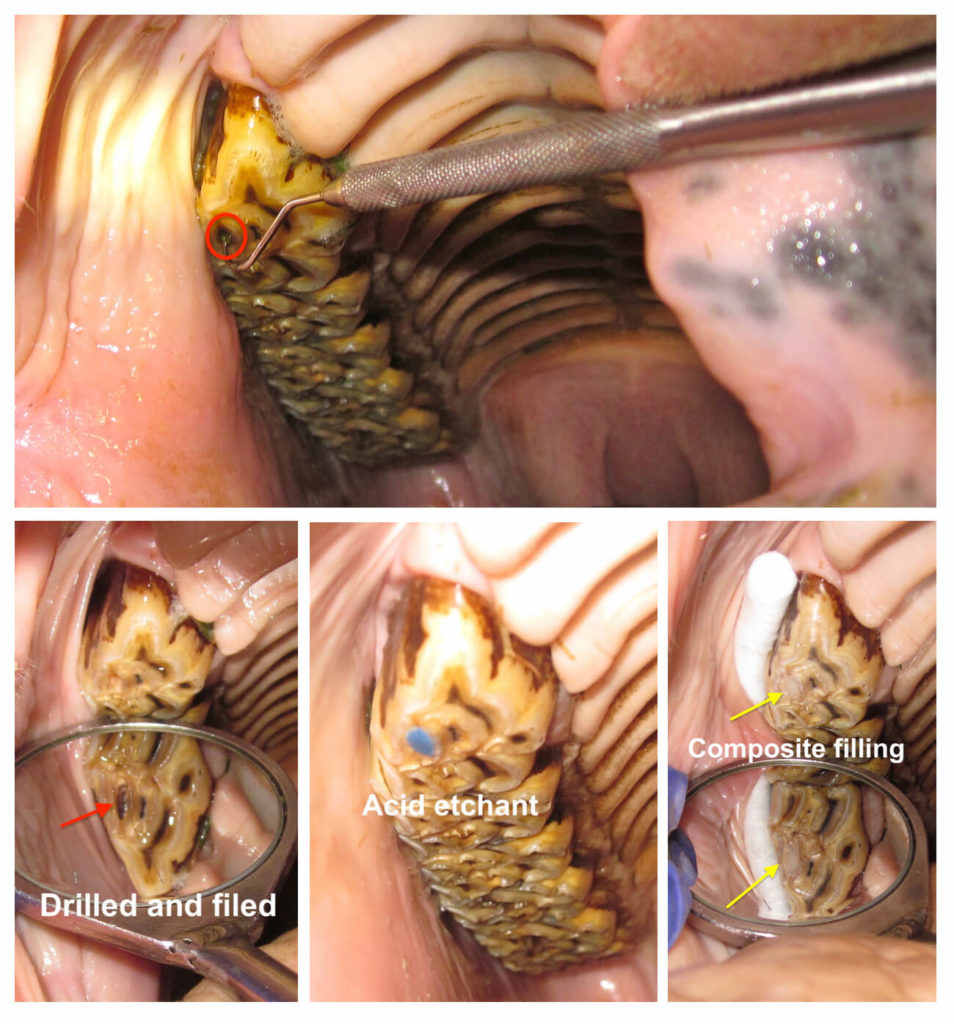
The fifth and final component is endodontic. Endodontic disease involves the internal structures of the tooth. The two main problems that we may find are exposed pulp chambers (decay in the sensitive part of the tooth), and infundibular caries (decay in the non-sensitive part of the tooth).
By the end of this series we hope you will have a better understanding of the various components of our equine oral examination and how it relates to your horse’s dental health.
We plan to continue this series on a monthly basis, so check back on our website and follow Midwest Veterinary Dental Services on Facebook to get alerts on future posts.


